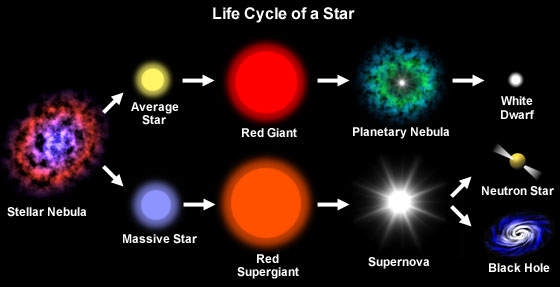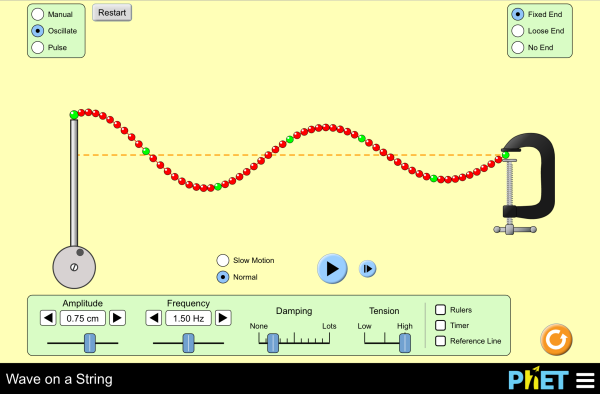Adv Science
Friday, May 25, 2018
Saturday, May 19, 2018
Weekly Blog 5/14 - 5/18
Image Source:
https://www.visitnorway.com/things-to-do/nature-attractions/northern-lights/
Summary:
The Aurora lights are a natural occurrence which happens about every 11 years. It is a result of solar wind pushing particles from the sun to our atmosphere. The result is shown as green, purple, red light waves dancing in the night sky. You can find these in the North and South poles where these naturally happen.
S&EP:
SP3: Planning and carrying out investigations
This week I performed an investigation on the Aurora lights. This is SP3: Planning and carrying out investigations because I made an investigation on the internet to learn about the Aurora lights and how they happen.
Saturday, May 12, 2018
Weekly Blog 5/7 - 5/11
Image Source:
https://wellmind.com/2017/11/managing-stress/
Summary:
Stress is that feeling you have when you say, have a project to finish in a short timeline. This makes you feel trapped and hopeless as you stress out about whatever it is you're worried about. If you experience this feeling for too long it can have effects on your brain. It can lead to reduced brain size, more anger, Alzheimer's Disease, insomnia, and more.
S&EP:
SP2: Developing and using models
This week we used a website called Gruu and we made a drawing on how stress affects the brain. This is SP2: Developing and using models because we used Gruu and we made a model to see how stress can affect you and how it could happen.
Sunday, April 29, 2018
Weekly Blog 4/23 - 4/27
Image Source:
https://www.pinterest.com/pin/89860955044376587/
Summary:
There are 8 phases of the moon throughout a month. First is a Full moon. From there it moves into the next phase, Waning Gibbous. It goes through the phases every month from a full moon, to new to full once more. When the moon aligns with the sun it creates a solar eclipse where you can only see the suns rays from the sides of the moon.
S&EP:
SP2: Developing and using models
This week I performed SP2: Developing and using models by using a model and drawing out the phases of the moon for this month. This is SP2: Developing and using models because I drew and model and used it to understand the phases of the moon.
Sunday, April 22, 2018
Weekly Blog 4/16 - 4/20
Image Source:
https://www.schoolsobservatory.org/learn/astro/stars/cycle
Summary:
A star goes through a long lifecycle as it lives its life a fiery ball in the night sky. A star is first formed when gravity compresses space dust to a single point. From there it stays in space for a long time in a stable phase. The mass of the star determines how long this stable phase is. From there it can become a red giant or a red supergiant if it was a massive or average star and it goes on separate paths from there.
S&EP:
SP2: Developing and using models
This week I used several online websites to see the life of stars. This included an educational website and a video. This is SP2: Developing and using models because I used a video and websites to help build the picture of a stars life cycle to learn more about them.
Sunday, April 15, 2018
One Man Band Project Blog
Summary:
For all instruments to create different pitches their positions on how to make each sound must all be different. One example is a string instrument. With it, you have to adjust the tension to adjust the pitch of what it plays at. The more tension there is the higher pitch the string will play. This also applies to a slide instrument. The more you pull the slide out the lower the pitch will be.
Backward-Looking:
What problems did you encounter while you were working on this piece? How did you solve them?
The first problem I ran into was having a mouthpiece for my instrument. I solved this problem by going onto the internet and finding a way to make a kazoo out of a straw. The next problem I encountered was a way to make a slide in the very thick cardboard. This problem was solved by going home and using a hacksaw to cut through the cardboard to make a slide to change the pitch.
Inward-Looking:
How do you feel about this piece of work? What parts of it do you particularly like? Dislike? Why? What did/do you enjoy about this piece or work?
I liked most of the project since it was hands-on and we got to make our own instrument and play it in class. I mostly disliked the amount of noise that people emitted while in class. The noise levels were really high to the point where you couldn't even hear your own instrument. But other than the amount of noise people emitted I found the project pretty enjoyable and would like something like this again sometime.
Outward-Looking:
What grade would you give it? Why?
I would give my instrument an A-. I would give it this grade because the instrument overall was good and could play more than 3 notes for percussion, wind, and string. But it was put together in a hurry as for string I made it carelessly so it snapped multiple times. And that part was taped together in a hurry which resulted in it falling off one time. But other than those two the rest of the instrument was fine and was built with enough time.
Forward-Looking:
As you look at this piece, what's one thing that you would like to try to improve upon?
One thing I would like to improve on next time is how I managed my time while working on this. Because I didn't do so very well I ended up rushing on the string part of my instrument. If I had done so then I would have plenty of time to work and it and go back if necessary. But other than that there is nothing else I wish to improve on next time.
Sunday, March 25, 2018
Weekly Blog 3/19 - 3/23
Image Source:
https://phet.colorado.edu/en/simulation/wave-on-a-string
Summary:
There are two types of waves, mechanical waves and electromagnetic waves. Mechanical wave srequire a medium to go through. Electromagnetic waves don't require a medium to go through. Mechanical and electromagnetic waves can be affected by many catagories such as amplitude, frequency, and tension.
S&EP:
SP2: Developing and using models
This week I used a simulator and a rope to see how waves work and what can affect them. This is SP2: Developing and using models because I am using a visual and real life model to see how waves work and what can affect them.
Subscribe to:
Comments (Atom)




